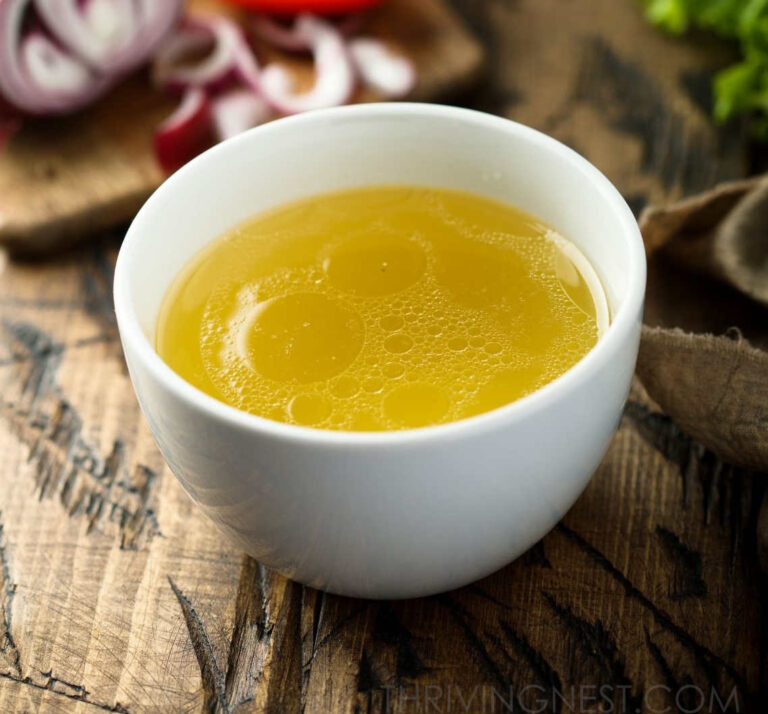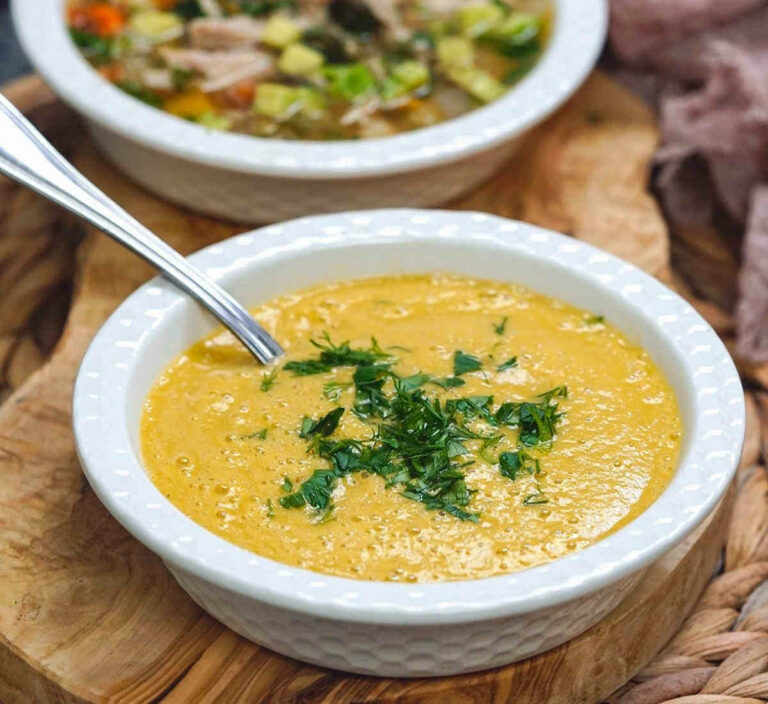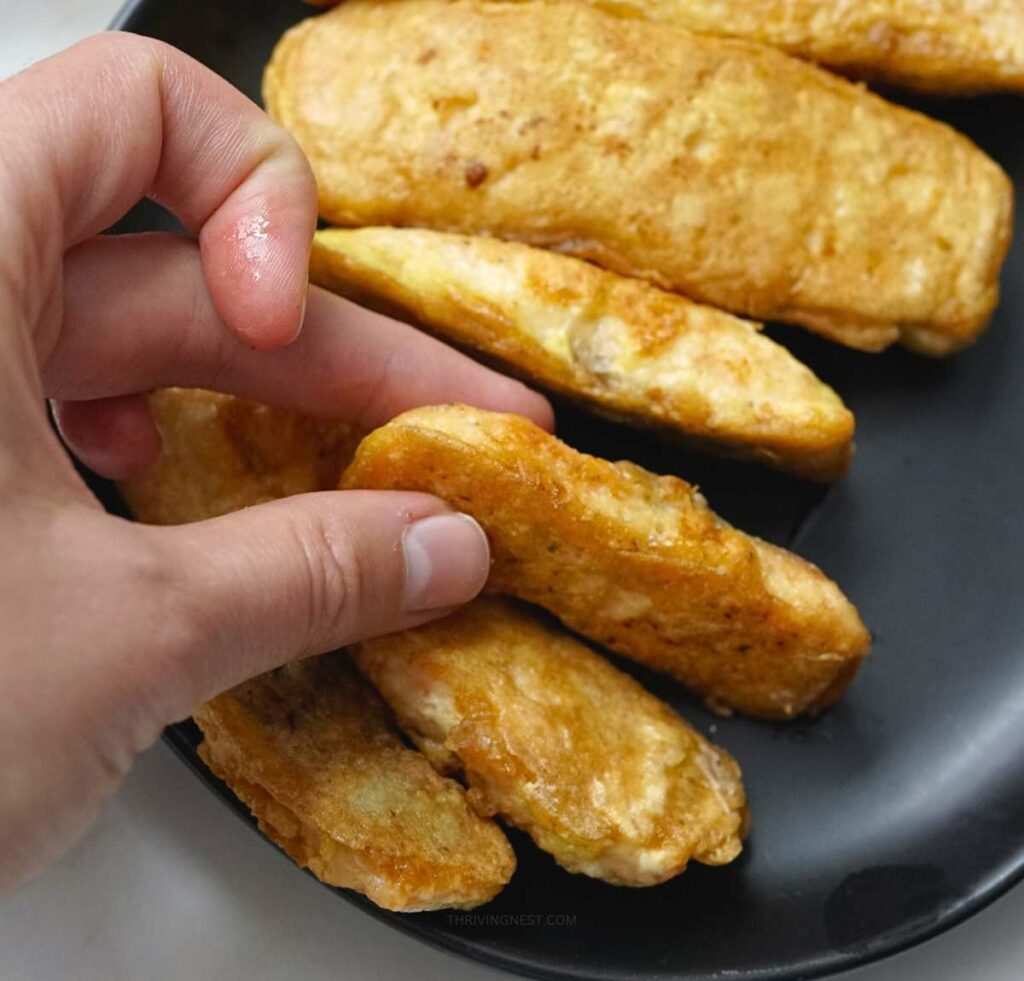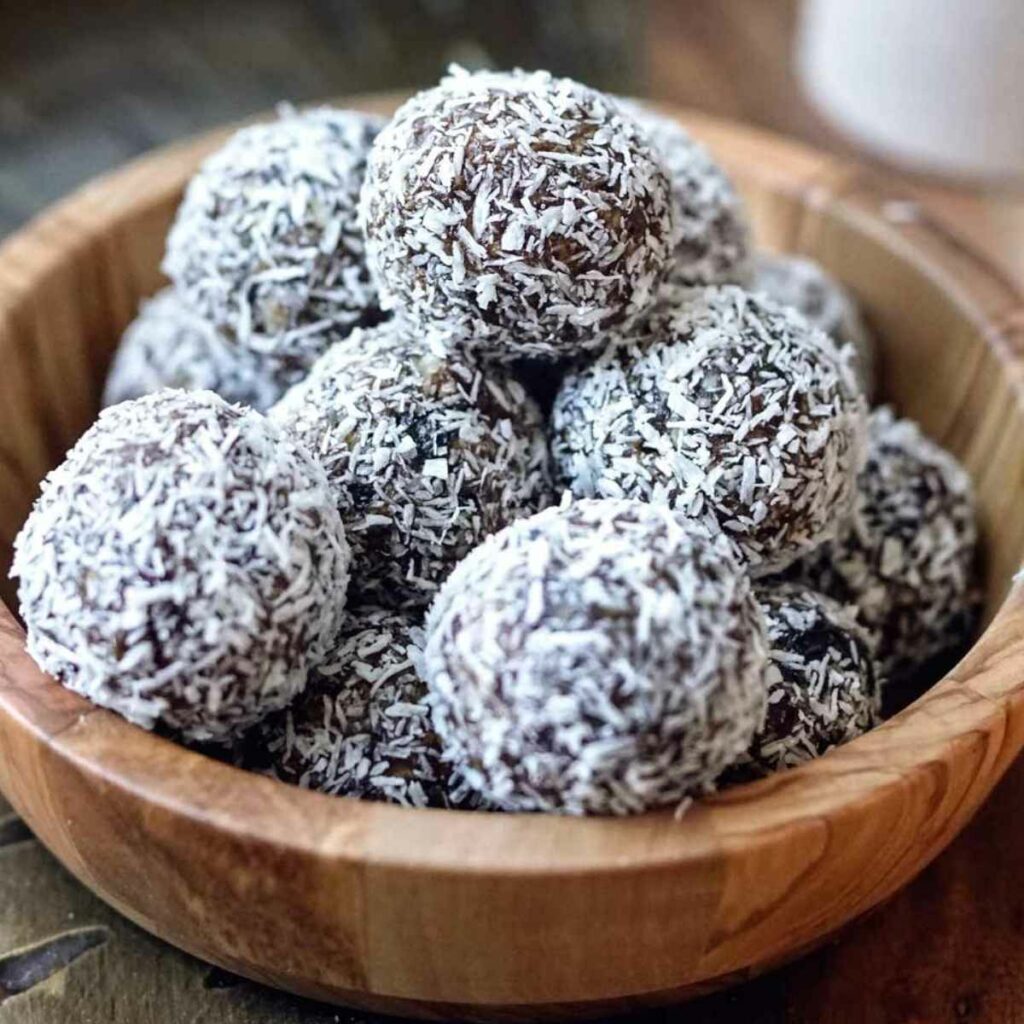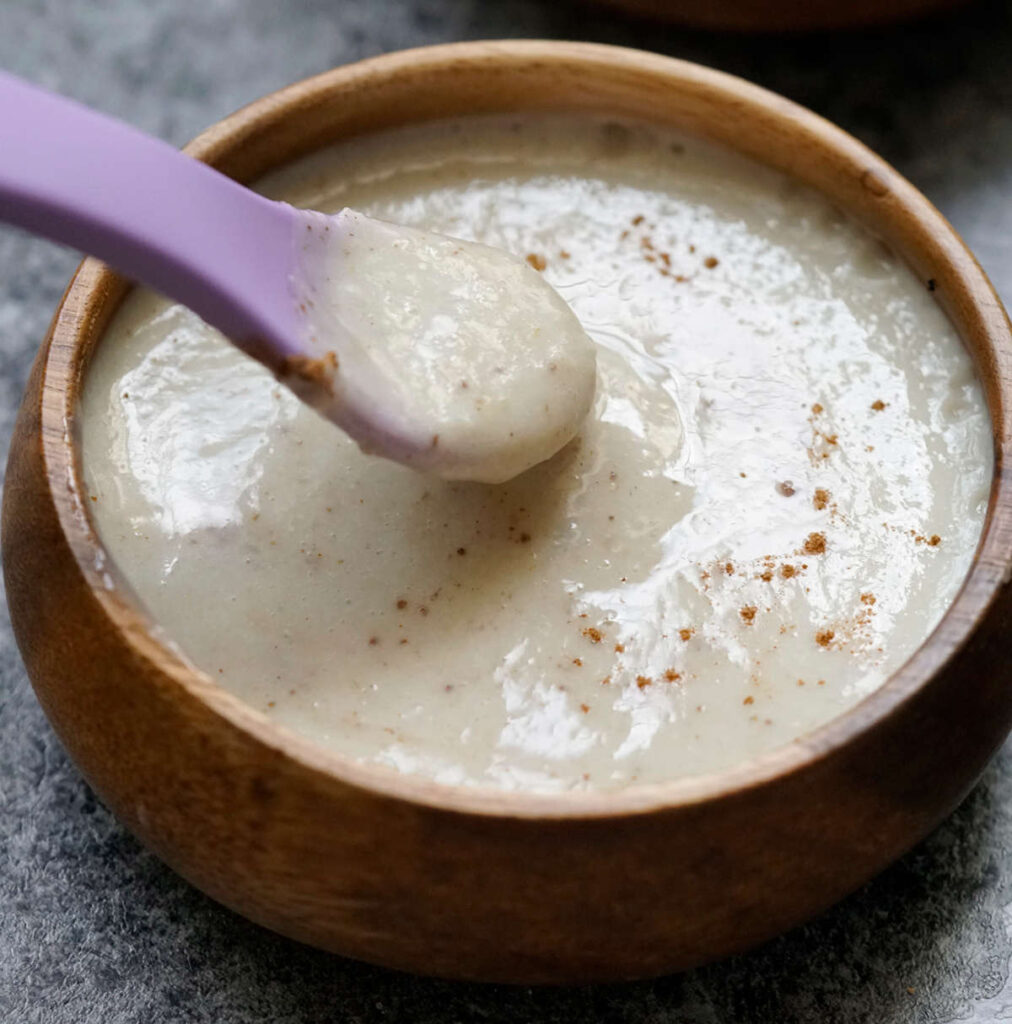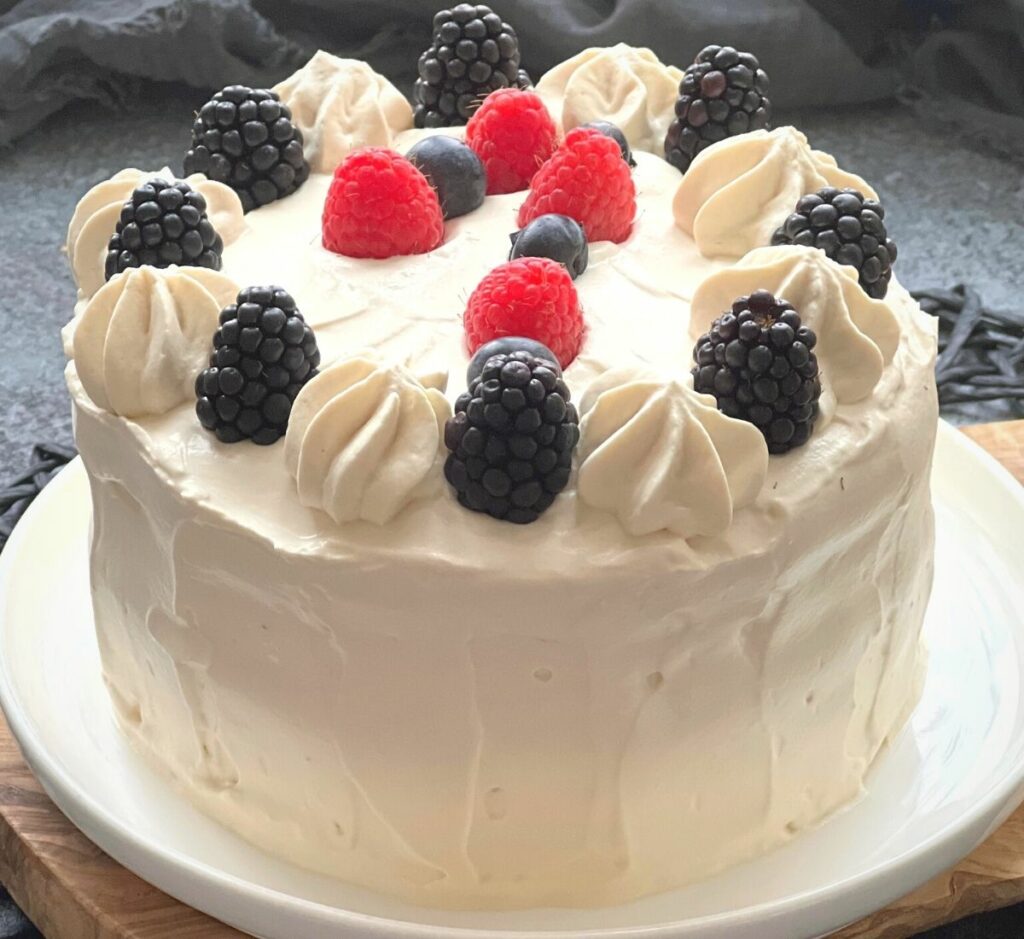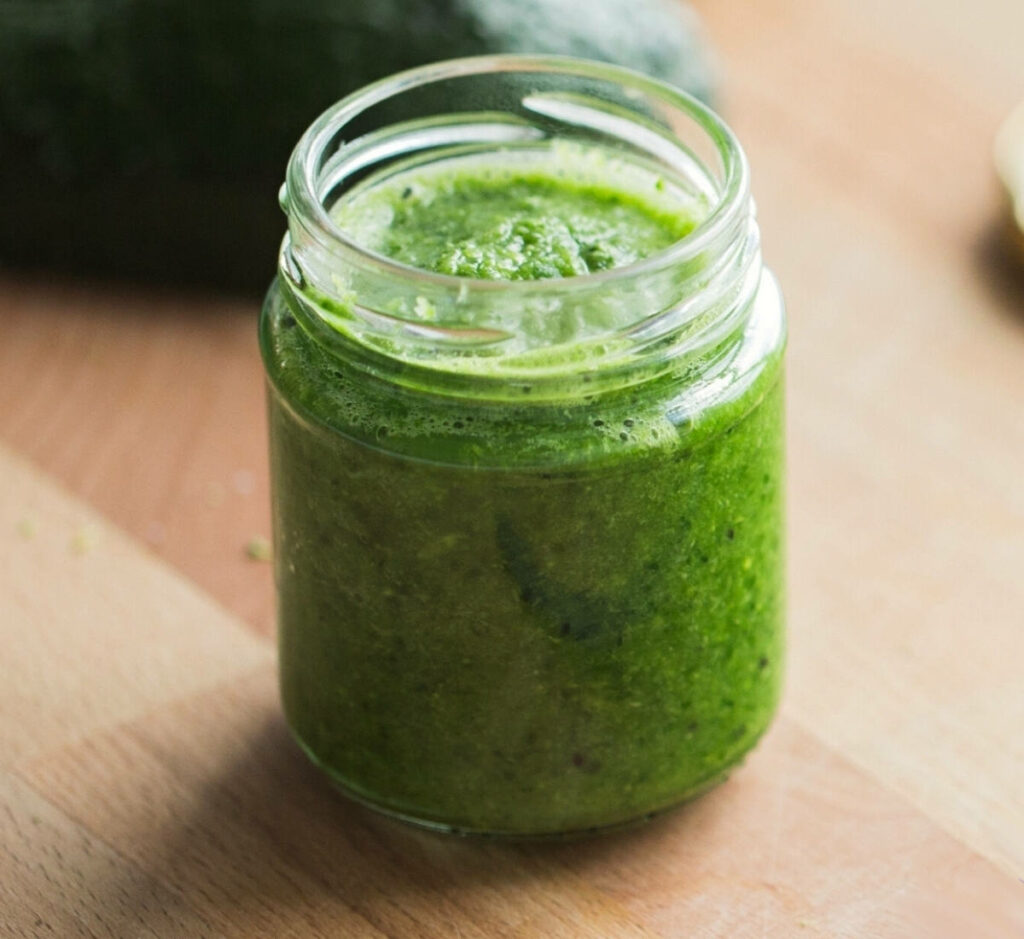GAPS Diet For Kids | Intro & Full Recipes By Stage
Staring the GAPS diet for kids may be a good decision if you are a parent of children dealing with one or more chronic health conditions that mainstream medicine may not fully understand yet, like food intolerances, allergies, autoimmune diseases, asthma, eczema, many digestive disorders and even autism.
Unlike GAPS diet for babies, when implementing GAPS diet for kids (toddlers and older children) it might be a little tricky as they already acquired some food preferences (they’re quite picky).
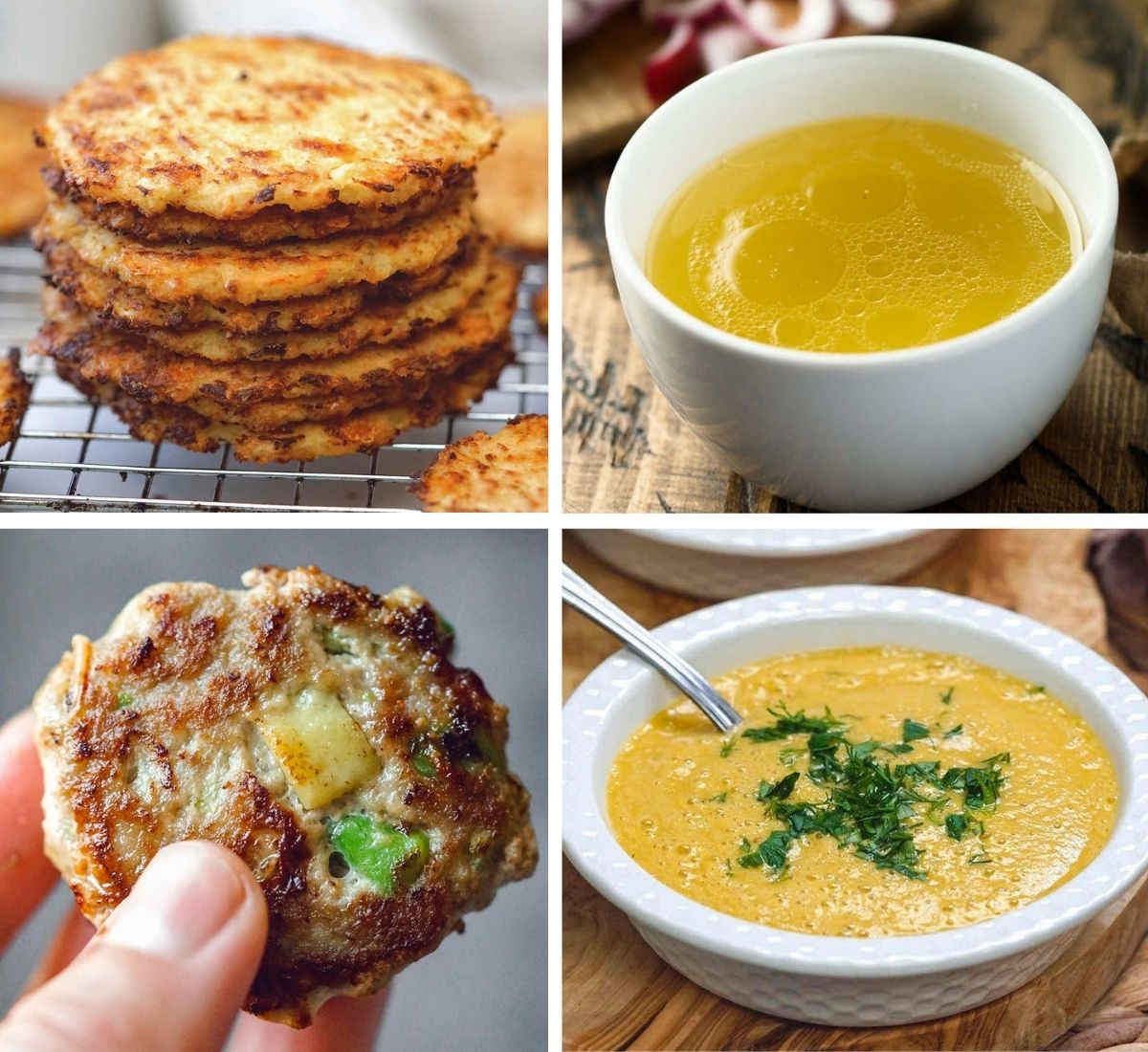
For a smooth transition to GAPS diet for a kid, you need go slowly (especially if the child is used to most processed sugary starchy foods).
For extremely picky eaters it’s recommended to start with the full GAPS diet (which is more relaxed) for a month or two, and slowly progress to GAPS Introduction Diet. This would be less stressful for the parents (as they get used to new grocery shopping list, recipes and mistakes) and for the child, as he/she learns to change the eating habits.
Keep in mind you need to make progress everyday, slowly, but firmly.
If the child is already accustomed to healthy eating (for the most part) then jumping to the GAPS Introduction Diet shouldn’t be a problem.
So here is how you do the GAPS diet for kids, stage by stage:
Implementing GAPS Diet For Kids Involves 3 Parts:
1. Introduction Diet
This is beneficial for kids with food allergies and intolerances. It intends to heal and seal the gut lining quickly: from a few days up to a few weeks, it depends on the severity of the condition and the age of the child. Here are the stages of food introduction:
First Stage
- Homemade Fish or meat stock, from scratch with high quality organic ingredients, consumed at every meal and between meals.
- Homemade soups made with homemade stock (with or without meat) and vegetables (exclude fibrous ones like cabbage and celery). Recipe examples:
- Probiotic foods (dairy based or vegetable-based). Gradually add fermented vegetable juice to meals, start with 1 teaspoon a day and increase up to 4-5 teaspoons a day, don’t add in hot soups, the beneficial bacteria is heat sensitive. If your child can tolerate homemade fermented dairy, you can introduce whey, yoghurt or sour cream (additionally to fermented vegetable juice). If you don’t know where to start, I recommend this book: Fermented Vegetables: Creative Recipes for Fermenting 64 Vegetables & Herbs. I like to make this recipe: Fermented Beets + Cabbage (Probiotic Rich Sauerkraut)
- Ginger tea, mint or chamomile tea between meals.
Second Stage
- Continue with soup, stocks and probiotic foods (increase the amounts).
- Add egg yolks (raw organic) or at least soft boiled. Start with 1 a day, increase to 1 per bowl of soup. If well tolerated progress to whole egg.
- Stews or casseroles made with meat and vegetables. Example of recipes:
- Hearty beef stew (omit potatoes).
- Braised Rabbit Stew (remove flour, and replace the wine with sauerkraut juice).
- Easy Chicken Stew.
- Start adding a teaspoon of ghee each day while gradually increasing the amounts (add when preparing the recipes).
Third Stage
- Continue with previous foods from first and second stage (stock, soup, probiotic food).
- Add avocado (gradually increase). You can add into soups like in this recipe: Creamy Vegan Broccoli Soup or to meat recipes like these Turkey Avocado Patties or salads: Herbed Egg Avocado Salad.
- Cooked eggs (scrambled, omelets or in baking) with vegetables, meat and avocado.
- Introduce the fermented vegetables (in addition to the juice).
- Introduce seeds and nuts (in the form of butters or flours in recipes) in small amounts. Before making flour from nuts or seeds on GAPS, they should be soaked/sprouted, dehydrated and then ground, to make them more digestible.
- Pancakes made with nut or seed flour/butter (start with 1 day, gradually increase). Cook with ghee or other animal fat, not vegetable oils. Example of recipes:
- More examples of GAPS breakfast recipes at this stage:
Fourth Stage
- Continue with previous foods (stock, soup, probiotic food are the staples).
- Gradually add roasted or grilled meats (avoid fried and burned) served with cooked vegetables.
- Add more fats: cold press oils (olive oil and coconut oil).
- Introduce freshly pressed juices (no pulp) start with 2-3 tablespoons, gradually increase to 1 cup (237ml) a day. The juice should be drank on empty stomach (morning and afternoon is ideal). Start with 1 juice (like carrot juice) and slowly progress to celery, cabbage, fresh mint, parsley, beets (small amount 5% in combination with other juices) and then a combination of those. When well tolerated, an apple can be added. Recipe examples:
- Baked goods with nuts and seeds (ground into flour), start serving small amounts (1 slice), slowly increase. Example of recipe:
Fifth Stage
- Continue with previous foods (stock, soup, probiotic food, fresh juices are the staples).
- Add cooked apples (puree with a bit of fat like ghee or yoghurt). Start slowly, watch for any reaction. Add a touch of honey if the apples are sour.
- Introduce raw vegetables (start with cucumber, lettuce, if well tolerated, add carrots, onion, cabbage, tomato, bell peppers (if there’s no reaction to nightshades), etc. These need to be chewed well with no digestives symptoms.
Sixth Stage
- Continue with previous foods (stock, soup, probiotic food, fresh juices are the staples).
- Introduce fresh raw fruits, start with apple (no peel) and gradually introduce others: stone fruits, berries, tropical, and citrus at last.
- Introduce other baked goods (with GAPS approved ingredients). Dried fruit and honey as sweetener.
2. The Full GAPS Diet
This the maintenance phase of the GAPS diet (basically a continuous sixth stage) and lasts between 1.5–2 years. It depends on the severity of the condition and the age of the child.
- The day should start with a glass of room temperature water and/or a portion of freshly squeezed vegetable juice (mentioned above). You can add a touch of fermented vegetable juice as well.
- 85% of all consumed foods should consist of: stock (2-3 times a day), meats (from stock, poached, roasted or grilled) organ meat, soups, stews, fish, eggs, animal fats, fermented dairy and vegetables (cooked, raw or fermented) and fresh cold pressed juices.
- Seasonings/spices allowed on full GAPS (organic individual, no pre-packaged mixes): bay leaf, black pepper, Celtic sea salt, Himalayan pink salt, (no table salt), ground rosemary or thyme, dried basil, parsley, oregano, cinnamon, nutmeg. It’s better to use fresh garlic and onion as the dried powders usually have anticaking agents. Or you could dehydrate them yourself and grind into powders.
- Fruits should be consumed in moderation as a snack between meals.
- Baked good (with GAPS compliant ingredients) should be consumed in moderation as well.
GAPS Recipes For A Typical Menu
GAPS Breakfast Ideas For Kids:
- Chicken Liver Muffins For Babies, Toddlers, Kids
- Cabbage Hash Browns
- Flourless Banana Pancakes
- Cauliflower Thins – as bread alternative stacked with avocado.
- Turkey Avocado Patties
- Avocado Egg Boats
- Classic Soft Boiled and Hard Boiled Eggs
- Breakfast Casserole with Sausage, Eggs, Spinach, Mushrooms
- Cauliflower Nuggets – Kids Finger Food
- Almond Flour Crepes
- Flour-less Chicken Pancakes
- Pork and apple breakfast sausage
- Cauliflower Waffles.
GAPS Lunch Or Dinner Ideas For Kids
Soups
- Cabbage vegetable soup
- Chicken Soup For Baby, Toddler, Kids (GAPS Friendly)
- Butternut Squash Soup For Babies / Toddlers / Kids
- Egg Roll Soup (omit coconut aminos)
Sides & Mains
- Soft Chicken Meatballs For Babies, Toddlers, Kids
- Turkey Avocado Patties For Babies, Toddlers, Kids
- Beef Meatballs For Baby, Toddler, No Egg
- Soft Turkey Meatballs For Babies, Toddlers, Kids
- Salmon Cakes
- Roasted Brussels Sprouts And Asparagus
- Spaghetti Squash Boats + Chicken & BBQ Sauce
- Zucchini Lasagna
- Creamy Avocado Pesto Noodles
- Cheesy Vegan Cauliflower Mushroom Risotto
- Cauliflower Fried Rice
Salads
- Pumpkin And Beetroot Salad
- Carrot Salad With Beet And Egg
- Creamy Coleslaw Salad
- Creamy Chicken Salad
- Fermented Carrot Salad
- Avocado Egg Salad
GAPS dessert recipes:
- Lemon Tart
- Peanut Butter Apple Cobbler
- Apple Pie
- Chocolate Mousse
- Snickerdoodle Cookies
- Gingerbread Biscuits
GAPS Sauces and Dressing
- 2 Minute Homemade Mayo
- Homemade BBQ sauce option 1 (omit coconut aminos)
- Date BBQ Sauce (omit coconut aminos)
- 7 Dairy Free Dressings and Sauces
- Basil Pesto
GAPS Snacks For Kids
- Coconut Yogurt
- Coconut Melts
- Herbal Tea Gummies
- Guacamole
- Apple Sauce
- Herring forshmak
- Cauliflower Thins – for dipping
- Apricot Almond Coconut Bars
Homemade Dairy Free Plant Based Milks:
- Cashew milk
- Almond Milk
- Nut free milks: Hemp seed, tigernut, sesame milk
- Sunflower seed milk
3. Coming Off The GAPS Diet
It represents a slow reintroduction of more foods (in order) – the child should have at least 6 months of normal digestion before introducing foods not allowed on the GAPS diet. Children generally recover more quickly than adults.
Once the child’s digestive system starts functioning normally, you can gradually introduce small amounts of other wholesome foods. Make sure to wait 2-3 days (watch for symptoms) before introducing each one and keep this order:
- Potatoes (if sensitive to nightshades introduce, eggplant, tomato and red peppers first).
- Then you can introduce fermented gluten free grains: buckwheat, millet, quinoa etc.
- Sourdough baked goods with organic sprouted flours.
- Various starchy vegetables, legumes and beans.
- With time you may find that your child can tolerate regular grains (not fermented).
- Don’t go back to processed foods.
For more detailed information, you should read:
- GAPS: Gut and Psychology Syndrome Book
- The Nourished Kitchen: Featuring Bone Broths, Fermented Vegetables, Grass-Fed Meats, Wholesome Fats, Raw Dairy.
- The Nourishing Traditions Cookbook for Children.
- Nourishing Broth: An Old-Fashioned Remedy for the Modern World.
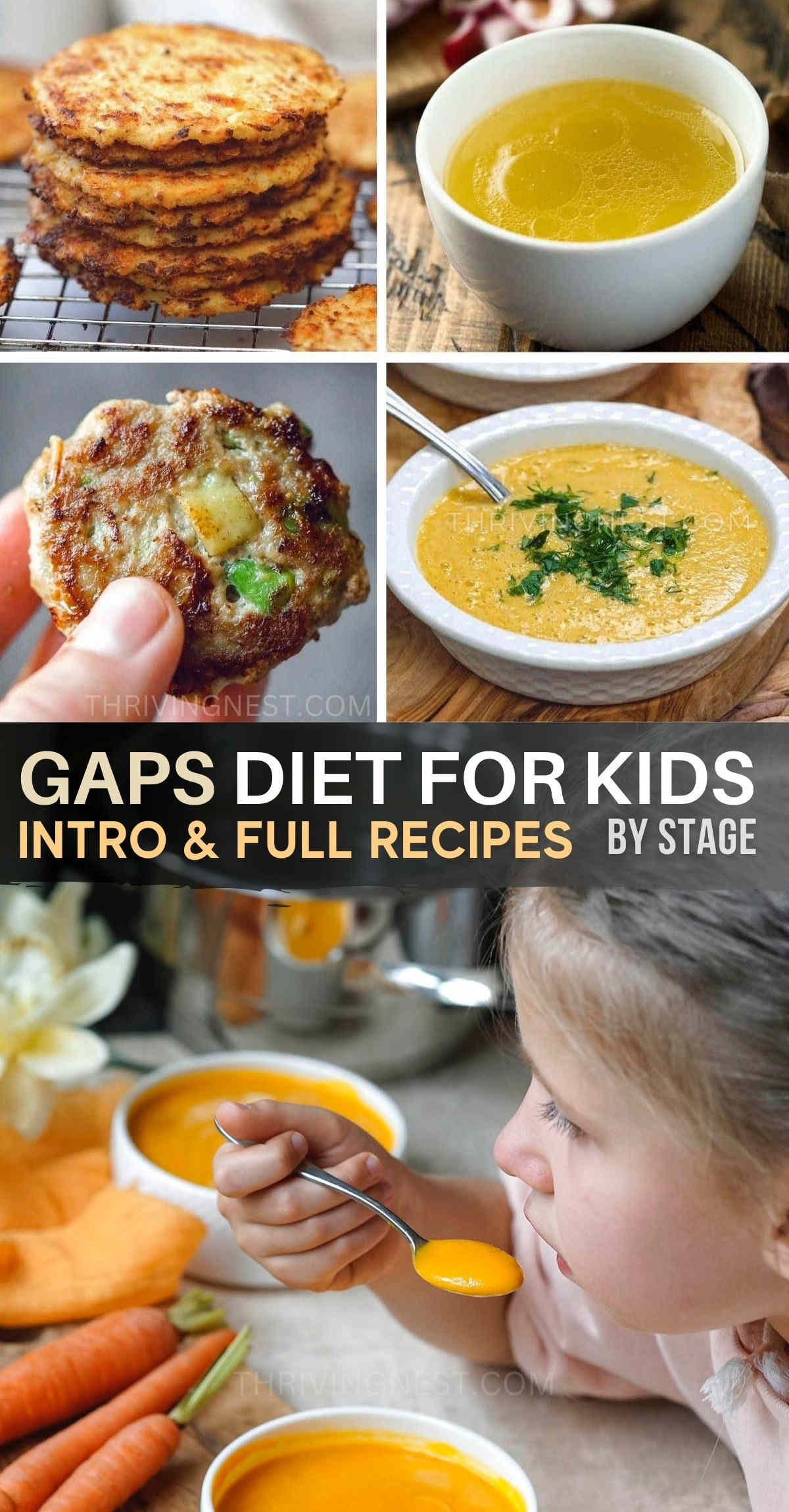
Related Posts
Disclaimer: The information, including but not limited to, text, graphics, images and other material contained on this website are for informational purposes only and not intended for medical advice. Please refer to my full disclaimer for more info.
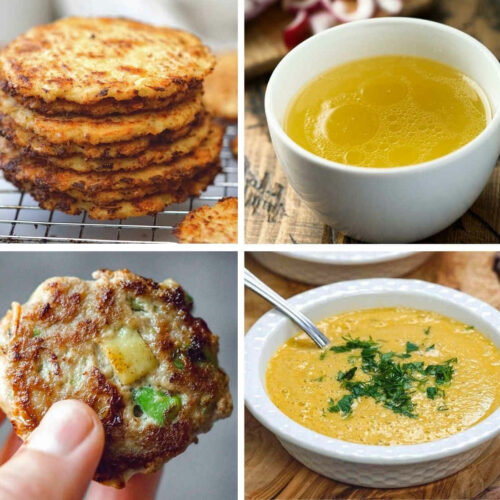
GAPS Diet For Kids | Intro & Full Recipes By Stage
Ingredients
- 1 whole food ingredients (organically grown)
Instructions
- Pick one of the recipes presented in the list above in the post.
Nutrition
©ThrivingNest. Content and photographs are copyright protected and need prior permission to use. Copying and/or pasting full recipes to other websites and any social media is strictly prohibited. Sharing and using the link of this recipe is both encouraged and appreciated!

